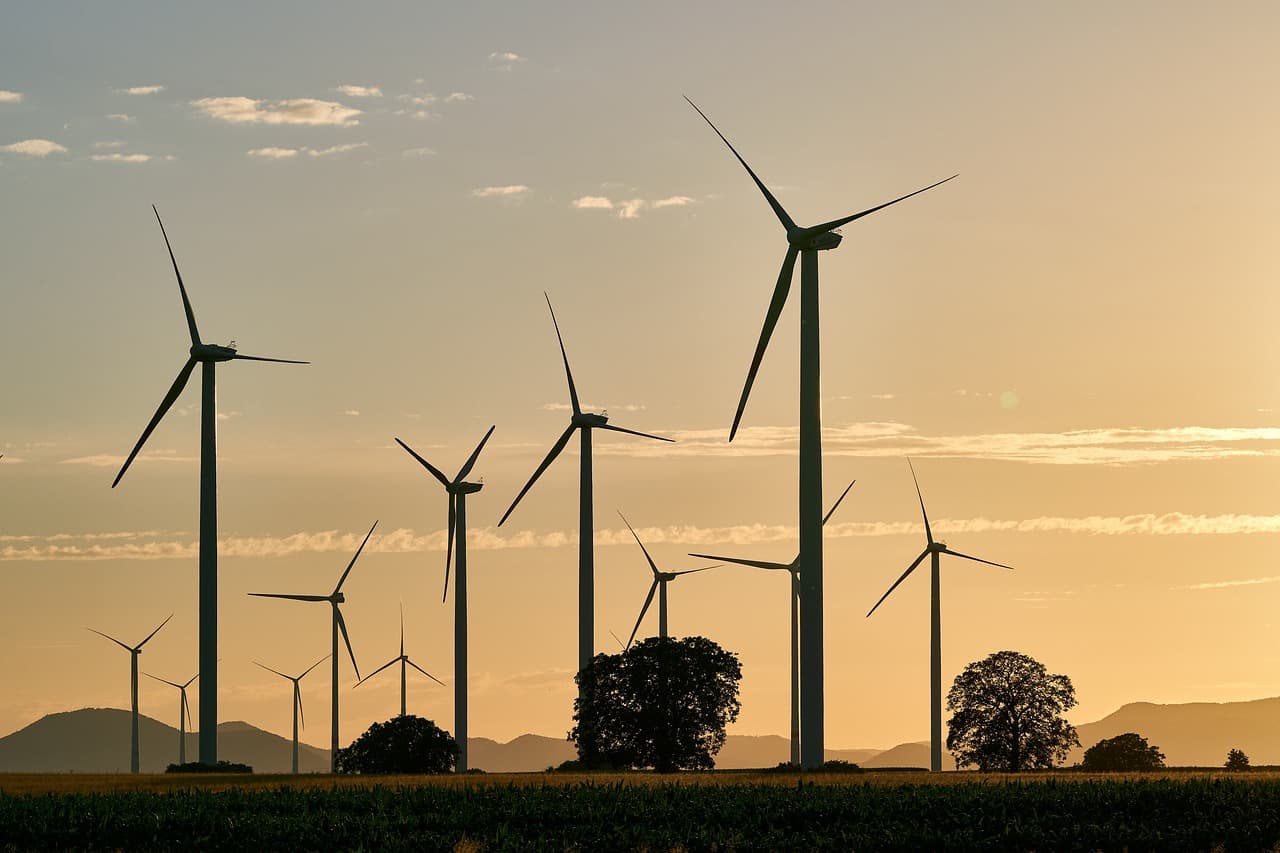Energy on edge: power outage in Iberia reveals vulnerability
Cross-border electricity exchange in Europe also appears to be a risk in times of crisis.
Published on April 30, 2025

Team IO+ selects and features the most important news stories on innovation and technology, carefully curated by our editors.
Critical power outages on the Iberian Peninsula highlight Europe's dependence on its electricity grids. The recent outages in Spain and Portugal, caused by abnormal fluctuations in high-voltage lines, made it clear that regional interdependence can be both a strength and a weakness. With peak demand of 27,500 MW in Spain, largely covered by solar, wind, and natural gas, and stable demand of 8,000 MW in Portugal, the role of renewable sources is significant. However, problems with coordinated management and sudden disconnections from networks, as happened with France, illustrate the vulnerabilities of this structure.
Experts point to the need for stronger domestic resilience and better regional coordination to prevent larger disasters in the future. The call for improved grid infrastructures across Europe is growing louder.
Neglected complexity of European power grids
The complex nature of European power grids can be compared to a game of dominoes. A disruption in one part of the grid can cause a chain reaction that leads to problems in various regions. This was recently demonstrated during the massive power outage in Spain and Portugal on April 28, 2025, when the disconnection of the Spanish network from France proved crucial. Spain and Portugal, located on the edge of the European electricity grid, have limited connections to the wider European network, making these countries particularly vulnerable to disruptions. These geographical and infrastructural limitations, combined with abnormal temperature fluctuations in the region, contributed to the power outage.
The role of renewable energy
With the increasing use of renewable energy sources such as solar and wind energy in Spain, the balance of electricity grids is becoming increasingly complex. During peak demand of 27,500 MW, Spain became largely dependent on these intermittent energy sources. While renewable energy makes a positive contribution to sustainability, it also introduces vulnerabilities due to the unpredictability of generation. These conditions require advanced management strategies to effectively balance shortages and surpluses, which proved unsuccessful in the case of the recent incidents.
Interconnectivity: strength and danger
The interconnectivity of European electricity grids is often praised as a way to efficiently share energy surpluses and quickly compensate for shortages. TenneT, the Dutch grid operator, emphasizes that complete decoupling can make the grid more vulnerable to disruptions. Shared resources can act as a safety net, as demonstrated in the Netherlands, where decentralized connections and international links minimize outages. However, the vulnerability lies in scenarios where unexpected disconnections, such as the safety protocols that shut down France's interconnectors, lead to large-scale disruptions.
Limits of safety protocols
During the recent power outage, France's automatic safety protocols triggered the shutdown of interconnectors, leading to the isolation of the Iberian Peninsula. This response, designed to prevent further disruptions, highlighted a paradox in which safety measures led to greater regional problems. While France had relatively better control of the existing problem, Spain was left with a deficit of more than 10,000 MW after the forced network disconnections. Such situations highlight the need for improved cross-regional coordination and flexibility in network design.
Lessons for the future
Recent events are a wake-up call for the review of current network strategies and infrastructures in Europe. The importance of more robust domestic networks and strategic planning to reduce dependence on cross-border flows is clear. There are calls for investment in smart grid technologies and improved storage capabilities to absorb peaks and ensure stability in times of crisis. The case of Spain and Portugal is an urgent example of European countries integrating resilience into their energy infrastructure for a more secure future.
